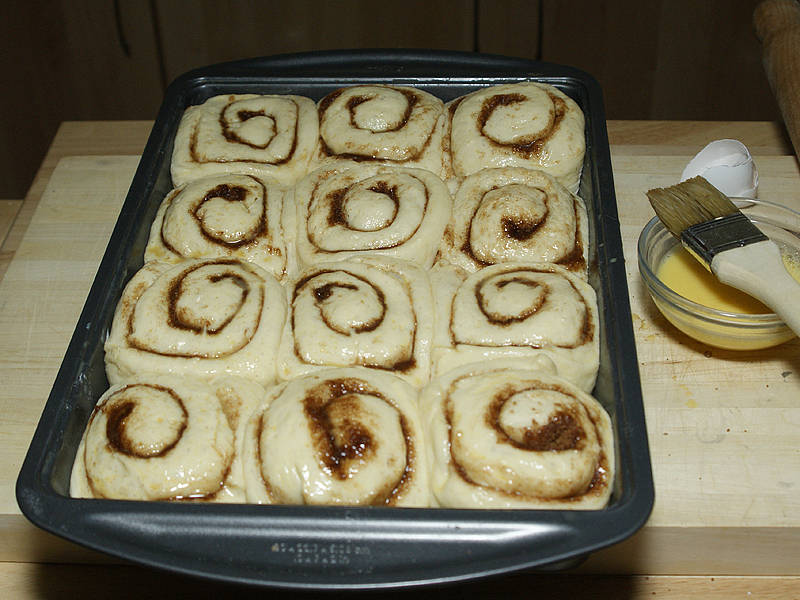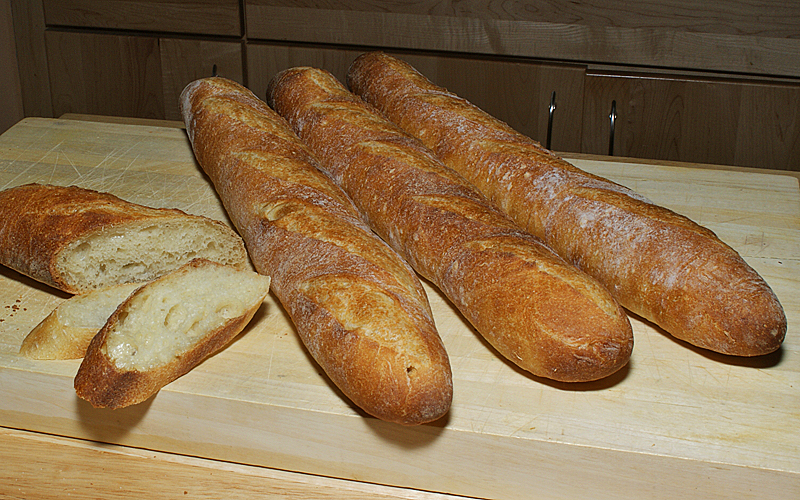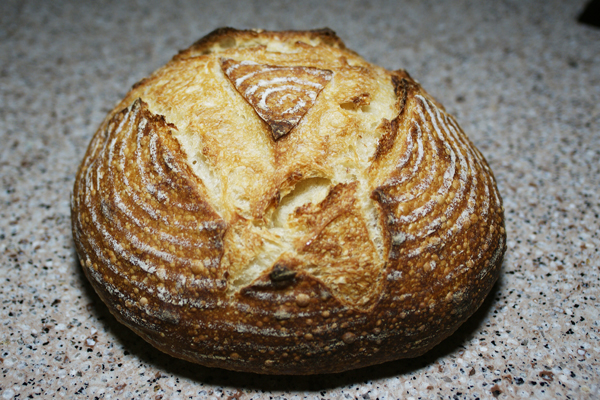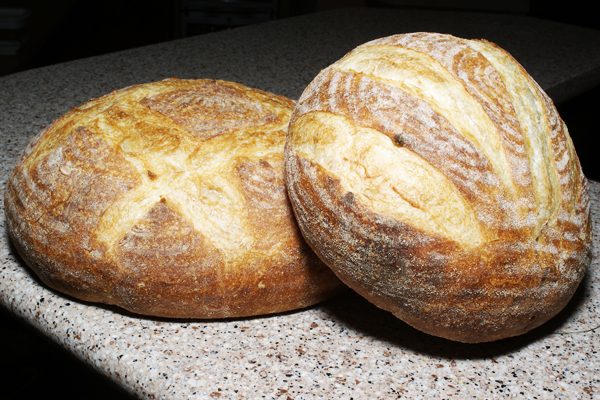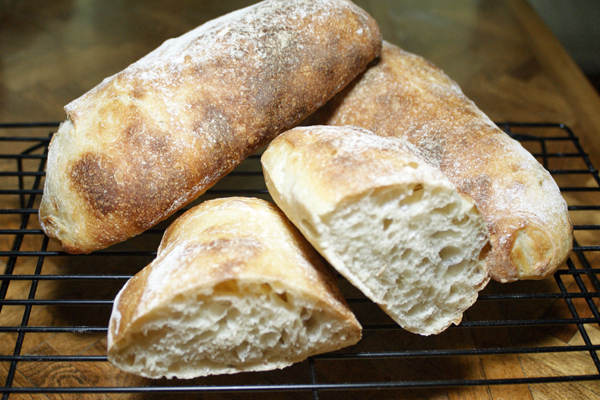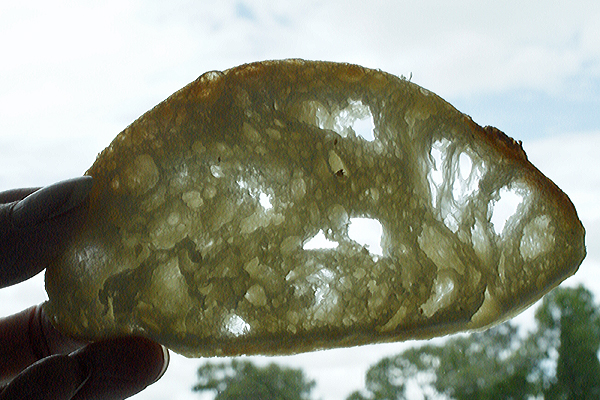Bread Machine Sourdough Light Whole Wheat Sandwich Loaf.
My wife makes three loaves of light whole wheat bread, alternating every other week with an all-white flour version of the same recipe. Two of the loaves are our "daily bread", the third routinely goes to a neighbor. She uses our bread machine, a Zo, on the "Dough" setting, and does a 2nd bulk fermentation, panning and proofing, and baking outside the machine. The machine does a one hour bulk proof; her second bulk proof is usually 2 to 2-1/2 hours depending on the dough's behavior.
